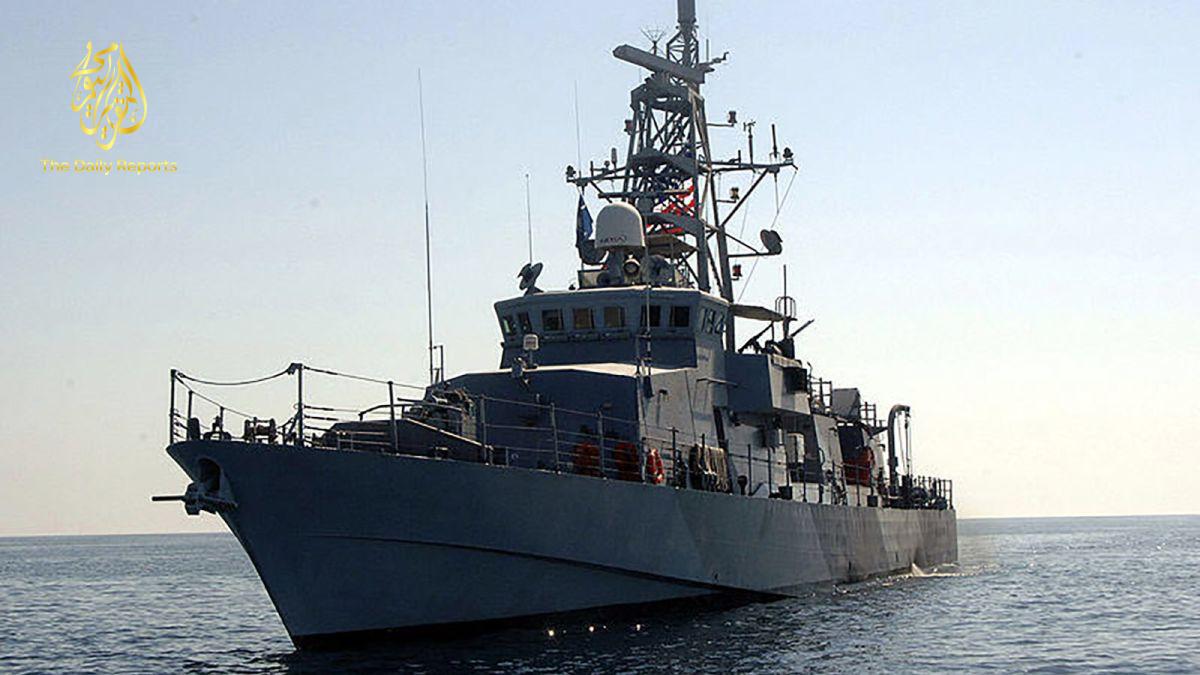An American warship discharged admonition shots when vessels of Iran’s paramilitary Revolutionary Guard came excessively near a watch in the Persian Gulf, the U.S. Naval force said Wednesday. It was the principal such shooting in almost four years.
The Navy delivered highly contrasting film of the experience Monday night in global waters of the northern scopes of the Persian Gulf close to Kuwait, Iran, Iraq and Saudi Arabia. In it, lights can be found somewhere far off and what has all the earmarks of being a solitary shot can be heard, with a tracer round dashing across the highest point of the water.
Iran didn’t promptly recognize the event. The Navy said the Cyclone-class watch transport USS Firebolt discharged the admonition shots after three quick assault Guard vessels went in close vicinity to 68 yards (62 meters) of it and the U.S. Coast Guard watch boat USCGC Baranoff.
“The U.S. teams gave various admonitions by means of scaffold to-connect radio and noisy hailer gadgets, yet the (Guard) vessels proceeded with their short proximity moves,” said Cmdr. Rebecca Rebarich, a representative for the Mideast-based fifth Fleet. “The team of Firebolt at that point discharged admonition shots, and the (Guard) vessels moved away to a protected separation from the U.S. vessels.”
She approached the Guard to “work with due respect for the wellbeing of all vessels as needed by global law.”
“U.S. maritime powers keep on excess cautious and are prepared to act in an expert way, while our leaders hold the inalienable option to act in self-protection,” she said.
The last time a Navy vessel discharged admonition shots in the Persian Gulf in an occurrence including Iran was in July 2017, when the USS Thunderbolt, a sister boat to the Firebolt, discharged to caution off a Guard vessel. Guidelines gave a year ago give Navy commandants the position to take “legal safeguarding efforts” against vessels in the Mideast that draw near 100 meters (yards) of their warships.
While 100 meters may appear to be far to somebody remaining a good ways off, it’s extraordinarily close for enormous warships that experience issues in turning rapidly, similar to the plane carrying warships. Much more modest vessels can slam into one another adrift, taking a chance with the boats.
The occurrence Monday denoted the second time the Navy blamed the Guard for working in an “perilous and amateurish” way this month alone after tense experiences between the powers had dropped as of late.
A film delivered Tuesday by the Navy showed a boat told by the Guard cut before the USCGC Monomoy, causing the Coast Guard vessel to arrive at an unexpected stop with its motor smoking on April 2.
The Guard additionally did likewise with another Coast Guard vessel, the USCGC Wrangell, Rebarich said.
The cooperation denoted the first “hazardous and amateurish” episode including the Iranians since April 15, 2020, Rebarich said. Be that as it may, Iran had to a great extent halted such episodes in 2018 and almost in the whole of 2019, she said.
In 2017, the Navy recorded 14 occurrences of what it depicts as “risky or potentially amateurish” cooperations with Iranian powers. It recorded 35 out of 2016, and 23 out of 2015.
The occurrences adrift quite often include the Revolutionary Guard, which reports just to Supreme Leader Ayatollah Ali Khamenei. Ordinarily, they include Iranian speedboats outfitted with deck-mounted assault rifles and rocket launchers test-discharging weapons or shadowing American planes carrying warships going through the Strait of Hormuz, the thin mouth of the Persian Gulf through which 20% of all oil passes.
A few experts accept the episodes are implied to some extent to crush President Hassan Rouhani’s organization after the 2015 atomic arrangement. They remember a 2016 episode for which Iranian powers caught and held for the time being 10 U.S. mariners who wandered into the Islamic Republic’s regional waters.
The episode comes as Iran haggles with world forces in Vienna over Tehran and Washington getting back to the 2015 atomic arrangement. It likewise follows a progression of episodes across the Mideast credited to a shadow battle among Iran and Israel, which remembers assaults for territorial transportation and harm at Iran’s Natanz atomic office.










